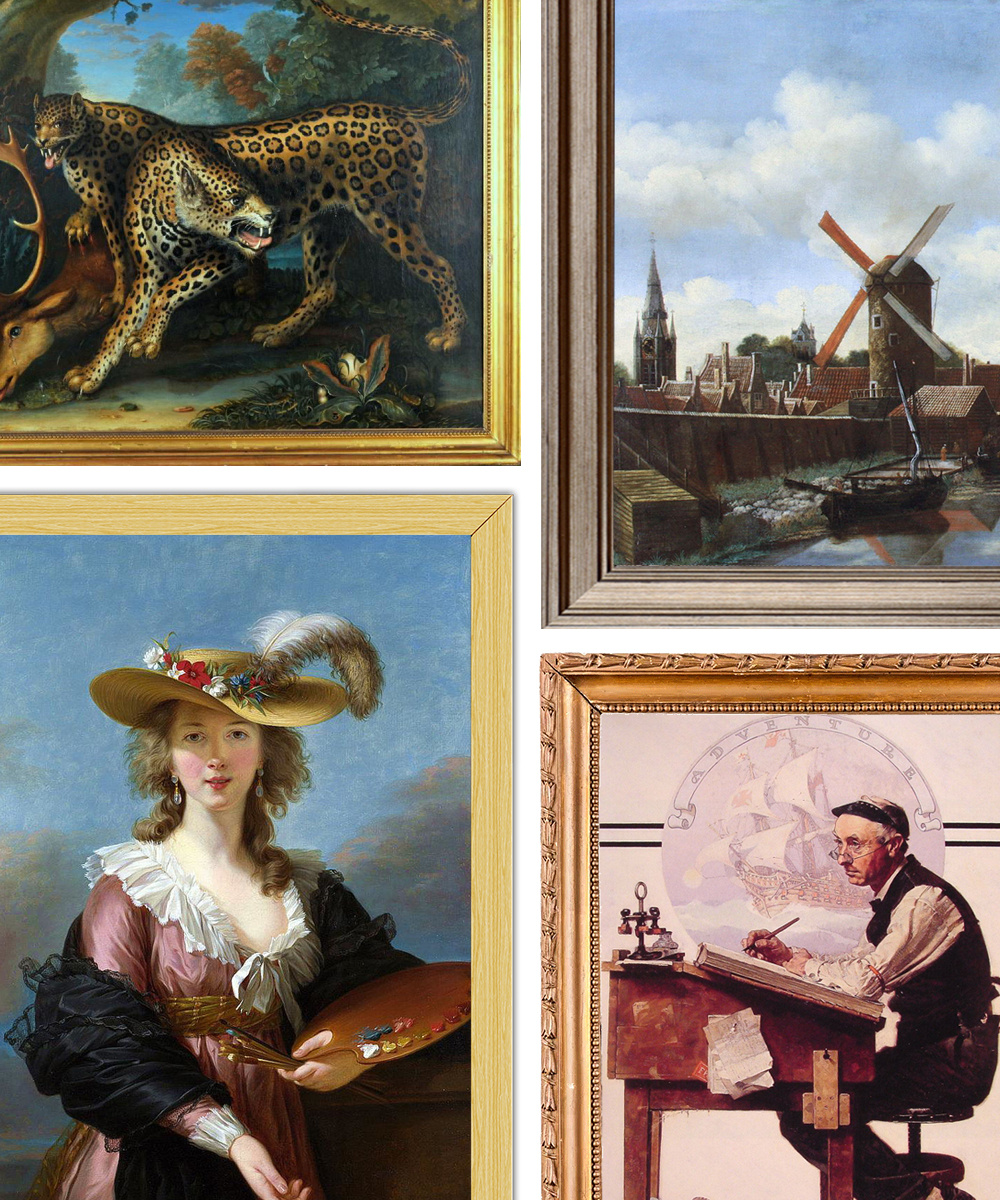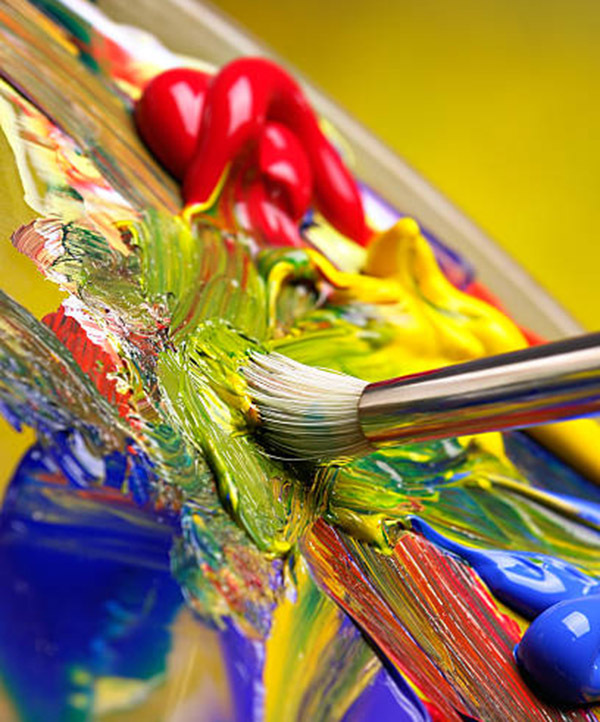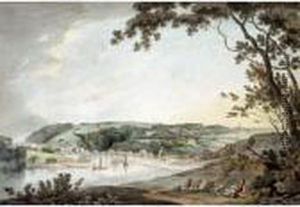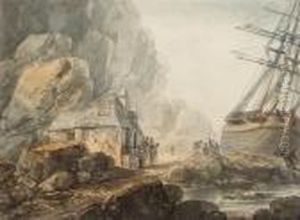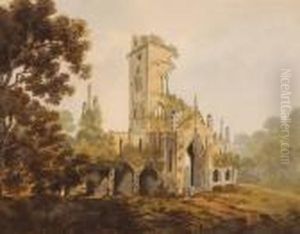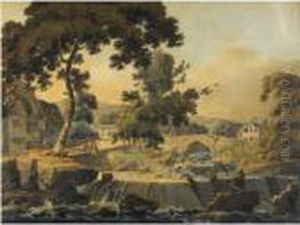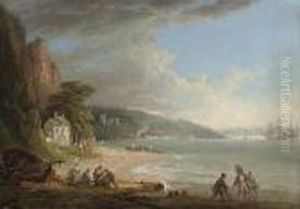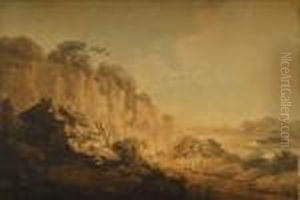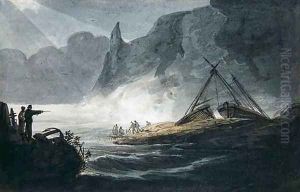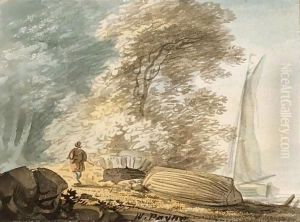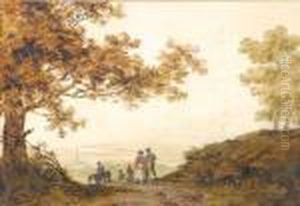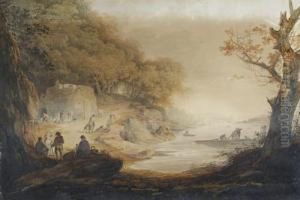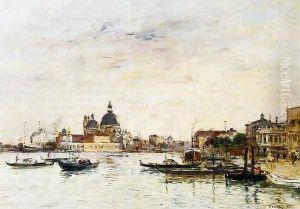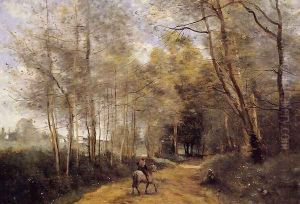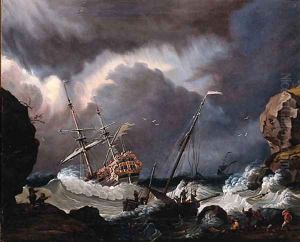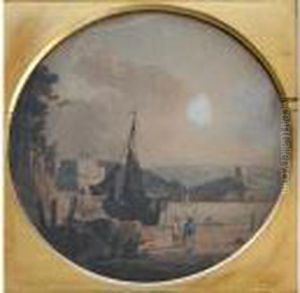





Mount Batten At The Entrance Of Catwater, Plymouth
-
About Reproduction
Discover the allure of art with our faithful reproduction of "Mount Batten At The Entrance Of Catwater, Plymouth", originally brought to life by the talented William Payne. Unlike posters or prints, our hand-painted oil painting breathes an unique sense of depth and texture into your space. Every detail, every stroke, and every texture is meticulously recreated, paying the perfect homage to William Payne and his artistic vision.
Owning this piece is more than just decoration - it's a statement of your refined taste in art. Let the vibrant colors and intricate details of this replica serve as a daily reminder of the beauty in our world. Elevate your decor and appreciate the richness of art with our replica of this masterpiece.
-
Painting Description
"Mount Batten At The Entrance Of Catwater, Plymouth" is a notable watercolor painting by the English artist William Payne, who was active during the late 18th and early 19th centuries. Payne, born in 1760, is renowned for his contributions to the development of watercolor techniques and his picturesque depictions of the British landscape. This particular work exemplifies his skill in capturing the serene and atmospheric qualities of coastal scenes.
The painting depicts Mount Batten, a prominent headland located at the entrance of Cattewater, the tidal estuary of the River Plym in Plymouth, Devon. This area holds historical significance due to its strategic maritime position and its role in the defense of Plymouth Sound. Payne's rendering of the scene is characterized by his adept use of light and shadow, which brings a sense of depth and realism to the composition. The tranquil waters, the gentle slopes of the headland, and the subtle hues of the sky are all meticulously detailed, showcasing Payne's mastery of the watercolor medium.
William Payne is also credited with the invention of "Payne's Grey," a popular watercolor pigment that bears his name. This pigment, a mixture of blue, black, and yellow, is known for its versatility and is widely used by artists to create a range of tones and atmospheric effects. In "Mount Batten At The Entrance Of Catwater, Plymouth," Payne's innovative use of this pigment can be observed in the delicate gradations of color that define the landscape and sky.
The painting not only serves as a testament to Payne's artistic talent but also provides a historical glimpse into the coastal geography of Plymouth during the late 18th century. It reflects the natural beauty of the area and Payne's ability to convey the tranquil and timeless quality of the British countryside. Today, "Mount Batten At The Entrance Of Catwater, Plymouth" remains an important work within the canon of British watercolor painting, appreciated for both its artistic merit and its historical significance.
-
Lead Time & Shipping
When you order this oil painting replica, it typically takes 2-3 weeks to paint. If the artwork is more complex, it might need a little more time to ensure the best quality. Once it's ready, we'll send you a photo for your approval. After you give the green light, we'll ship it to you for free.
-
Return & Refund
We believe in the quality of our hand-painted oil painting reproductions, and your satisfaction is our priority. If for any reason, you are not completely satisfied with your purchase, we offer a 45-day return policy. You can return your artwork within 45 days of receipt and receive a full refund. Please note that the artwork must be returned in the original packaging and in the same condition as it was received.


